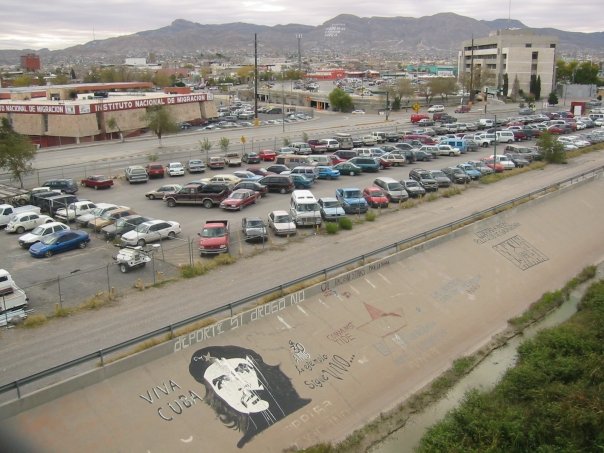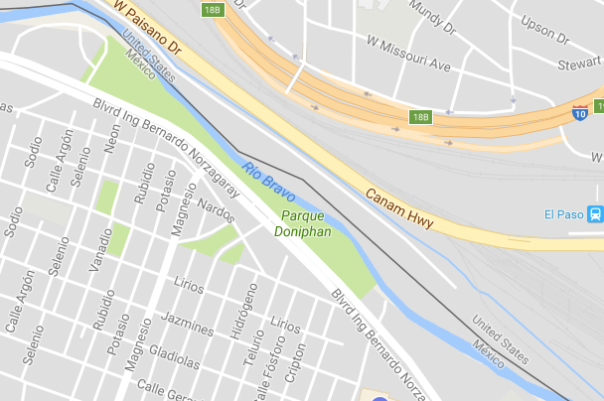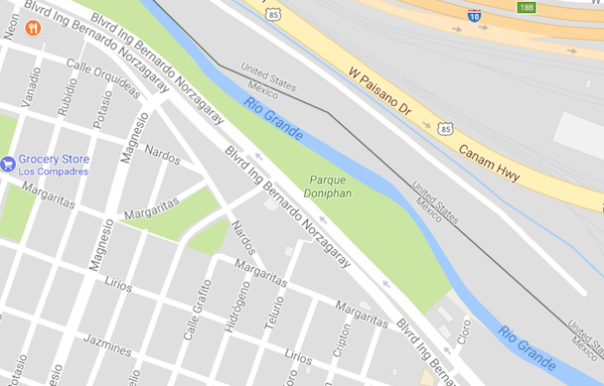Wandering His Wonders |
|
Posted: 16 Aug 2017 09:34 PM PDT
We are finding that there is lots of water in northern Montana, so we have lots of opportunities to use our kayak. After our twenty mile hike a couple days ago, we were looking for an activity that used our arms instead of our legs today. We had read about Wild Horse Island in the nearby Flathead Lake. So we took an hour's drive to the nearest launch point to the island in the tiny town of Dayton, Montana. As we got the kayak in the water, we could see our destination in the smoky distance. It's the second, dimmer island on the left.
We launched the kayak onto Flathead Lake, grateful that it wasn't windy. This is the largest natural fresh water lake west of the Mississippi, and it's big enough to stir up some sizable waves in a storm. It took about thirty minutes to paddle to the first island. That meant we had gone halfway, with only a sail boat and 25 more minutes of paddling between us and Wild Horse Island. This island is actually a state park, so it is open to the public. We pulled the boat onto shore, and started one of the trails. We were in the middle of a golden grass meadow with no wildlife in sight. We headed up the biggest hill on the island, hoping for a vantage point to give us some clues on which direction to find these elusive wild horses. There are only 5 horses here, kept mostly for historical purposes. We would also really like to find some of the 150 mountain sheep that call this island home. We deserved a rest in the shade after that climb in the sun. From the top, we had views all the way to the water. It's warm enough that there are no animals ambling about in full sun. So we headed into the forested areas closer to the water. Using our best tracking skills, we followed an animal trail through the forest. We saw horse poop, and areas of bent grass where a group of animals had bedded down. We finally found a group of mule deer enjoying the shade in the trees. We had hoped for a big horn sheep, but we got a big ear deer instead. This island is bigger than it looks on a map. After we tramped for miles in the forest, we ended up on the beach. We are still enthralled with the clear water we see in the lakes here in northern Montana. We took pictures of the colored rocks on the beach, and we could see them just as clearly when they were covered with water. Sitting on a log on a shady beach was a great place for picnic. We dipped our feet into the cool water and looked out over the blue lagoon of Wild Horse Island. Even though we hiked five miles, we only covered about a third of the island. All those big horn sheep and wild horses were obviously hanging out in the other two-thirds of the island. So this day, the only wild horse we found was on this sign. It was a peaceful trip, and we were satisfied as we put the kayak back in the water for the one-hour paddle back to the car. But as we paddled back past Cromwell Island, we saw a bald eagle land in a tree next to the water. We floated closer to that tree to get a picture. Then we noticed another eagle in a nearby tree. The two eagles seemed to be close to the same age. They have their white tail feathers, but their head feathers are not the solid white of a mature adult. As we kayaked closer to the base of the tree, this second eagle took off right over our heads toward the lake. We watched in amazement as he circled low before he plunged straight down towards the water. That's when we realized he had snagged a fish, and carried it back to a nearby tree. It was fun watching him tear it apart with his beak as he held it in those powerful talons. Our eagle drama made our return paddle last much longer, but we certainly enjoyed our time on Flathead Lake. We didn't find any wild horses, but some times we find the unexpected blessings that are even better. |


















